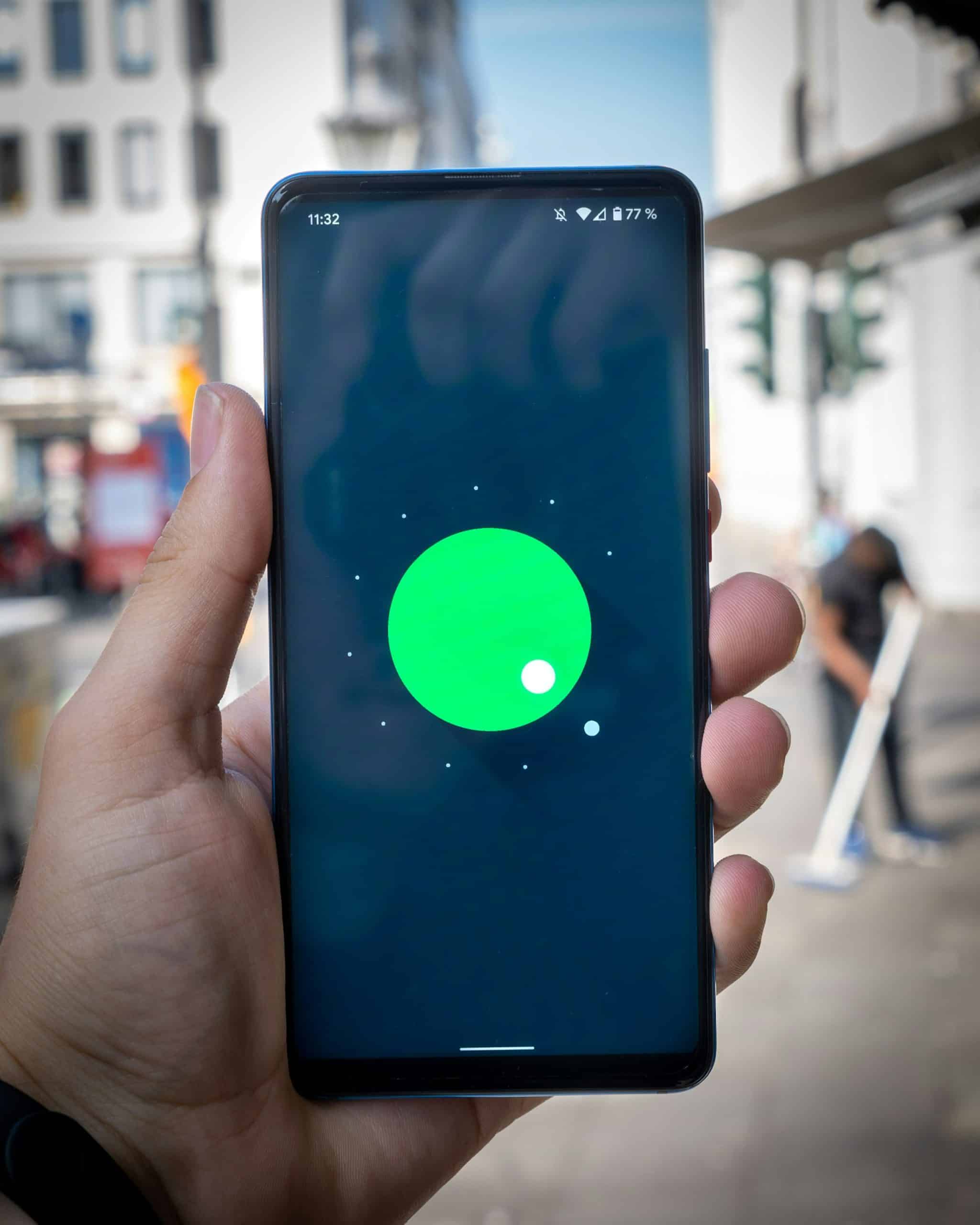
In our increasingly digital world, smartphones serve a multitude of purposes beyond mere communication. These powerful devices have revolutionized many aspects of our daily lives, from personal organization to education and even home improvement. One intriguing question many home enthusiasts and DIYers may ask is: can you use your smartphone as a level tool for home projects? This article explores the utility of smartphone apps as level tools, detailing how they can enhance your home projects with precision and ease.
Smartphones have undeniably become indispensable devices in both our personal and professional lives. With the advent of mobile apps, we have access to a plethora of tools that were once standalone devices. Among these tools is the bubble level app, a digital version of the traditional spirit level.
A lire aussi : How to Set Up Emergency Contact Widgets on Your Smartphone for Quick Access?
Traditionally, a spirit level is a simple tool used to determine whether a surface is horizontal (level) or vertical (plumb). However, with the development of mobile devices, this function has been replicated and enhanced through apps. Today, you can easily download a bubble level app from various app stores, including Google Play and the App Store on your iPhone.
One of the primary advantages of using a mobile app over a traditional spirit level is convenience. Your smartphone is typically always on hand, eliminating the need to carry around an additional tool. Additionally, many of these apps are free or come at a minimal cost, making them incredibly accessible.
Avez-vous vu cela : Can You Use Your Smartphone to Control a Home Automation System?
Moreover, these apps often offer more features than a standard spirit level. For instance, they may include options for saving photos and videos of your projects, sharing your progress on social media, and even integrating with other smart home devices for more complex tasks.
Accuracy is a crucial factor when considering the use of a smartphone as a level tool. While mobile device sensors have become increasingly sophisticated, there are still questions about whether they can match the precision of traditional tools.
Modern smartphones are equipped with accelerometers and gyroscopes, which are sensors that measure the orientation and movement of the device. These sensors are the backbone of level apps, enabling them to determine the angle at which the device is held.
Several factors can influence the accuracy of a level app. These include the quality of the sensors in your device, the calibration of the app, and even the environment in which you are working. For instance, external magnetic fields can sometimes interfere with the sensors, leading to inaccurate readings.
The user interface of these apps also plays a significant role in their effectiveness. A well-designed app will be easy to use, with clear and intuitive settings. Many apps also offer calibration options, allowing you to fine-tune the device for more accurate readings.
In the age of the smart home, the integration of various technologies can significantly enhance your home improvement projects. Level apps on mobile devices can be seamlessly connected with other smart home devices to provide a more comprehensive toolset.
By integrating your level app with Google Home, you can take advantage of voice commands and other smart home features. For example, you can use voice commands to control your devices while you work, freeing up your hands for more important tasks.
Another significant advantage of using a mobile device for home projects is the ability to store and manage your project data in the cloud. Many level apps offer cloud-based storage services, allowing you to save your progress, access your data from multiple devices, and even share your plans with others.
Smart home integration can also improve your time management. By having all your tools and project data in one place, you can streamline your workflow and avoid the hassle of switching between different devices and tools. This level of control and organization can make your home projects more efficient and enjoyable.
Level apps on mobile devices are not merely a novelty; they have practical applications that can significantly benefit your home projects.
Whether you are hanging a picture frame, installing shelves, or undertaking a more extensive renovation, a level app can ensure that your work is precise and professional. The ease of use and accessibility of these apps make them an excellent tool for both novice and experienced DIYers.
Level apps are also valuable educational tools. Students learning about physics and engineering can use these apps to understand the principles of balance and equilibrium. The hands-on experience provided by these apps can enhance learning and make abstract concepts more tangible.
Even professionals in fields such as carpentry, construction, and interior design can benefit from the convenience and functionality of mobile level apps. While they may still rely on traditional tools for highly critical tasks, the versatility of a level app makes it a useful addition to their toolkit.
So, can you use your smartphone as a level tool for home projects? The answer is a resounding yes. With the advancement of sensor technology and the versatility of mobile apps, your smartphone can serve as an accurate and convenient level tool. Whether you are a DIY enthusiast, a student, or a professional, the ability to transform your device into a bubble level can enhance your projects and make your tasks more manageable.
By integrating level apps with smart home devices and utilizing cloud storage for data management, you can elevate your home improvement projects to a new level of efficiency and precision. So next time you embark on a home project, consider reaching for your smartphone and discovering the myriad of possibilities it offers.